| Tuesday, February 16, 2021 | |
Session 1: Advanced Packaging Roadmap and Market Updates |
|
| Chair |
Steffen Kroehnert, President and Founder, ESPAT-Consulting - Steffen Kroehnert
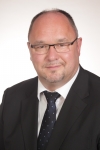
 Biography |
| 11:00 | Opening Remarks by Steffen Kroehnert, ESPAT-Consulting |
| 11:30 | The Growing Momentum of Heterogeneous Integration |
William (Bill) Chen, ASE Fellow & Sr. Technical Advisor, ASE Group The Growing Momentum of Heterogeneous Integration
 Abstract Biography |
|
| 11:50 | Challenges for Heterogeneous Integration in Package – Applications Driving Materials and Processes towards Diversity |
Thorsten Meyer, Lead Principal Engineer, Infineon Technologies Challenges for Heterogeneous Integration in Package – Applications Driving Materials and Processes towards Diversity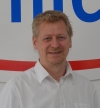
 Abstract Biography |
|
| 12:10 | Packaging in Europe - Micro Balling on Chips with a High Ball-count for Space Applications - an Extension of the Process Capabilities at AEMtec |
Dan Negrea, SVP New Technologies, AEMtec GmbH Packaging in Europe - Micro Balling on Chips with a High Ball-count for Space Applications - an Extension of the Process Capabilities at AEMtec
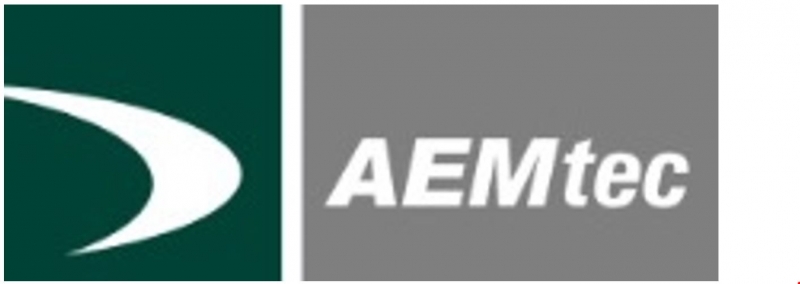 Abstract Biography |
|
Session 2: Packaging Technology & Processes |
|
| Chair |
Frank Kuechenmeister, PMTS, GLOBALFOUNDRIES

 Biography |
| 12:30 | Opening remarks by Frank Kuechenmeister, GlobalFoundries |
| 12:40 | Flip-Chip Scale Package(FCCSP) Process Characterization and Reliability of Coreless Thin Package with 7nm TSMC Si |
Eduardo De Mesa, Package Engineer, Intel Deutschland GmbH Flip-Chip Scale Package(FCCSP) Process Characterization and Reliability of Coreless Thin Package with 7nm TSMC Si
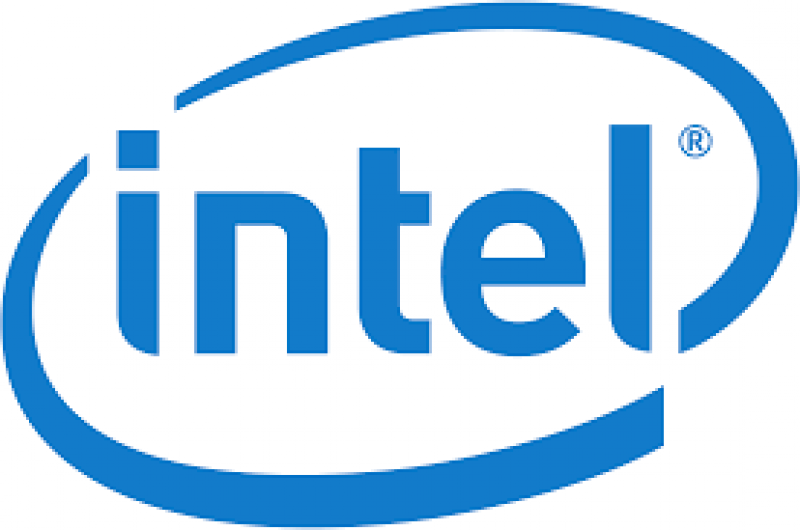 Abstract Biography |
|
| 13:00 | Active Mold Packaging for Novel Antenna-in-Package Interconnection and Manufacturing |
Florian Roick, Business Development Active Mold Packaging, LPKF Laser & Electronics AG Active Mold Packaging for Novel Antenna-in-Package Interconnection and Manufacturing
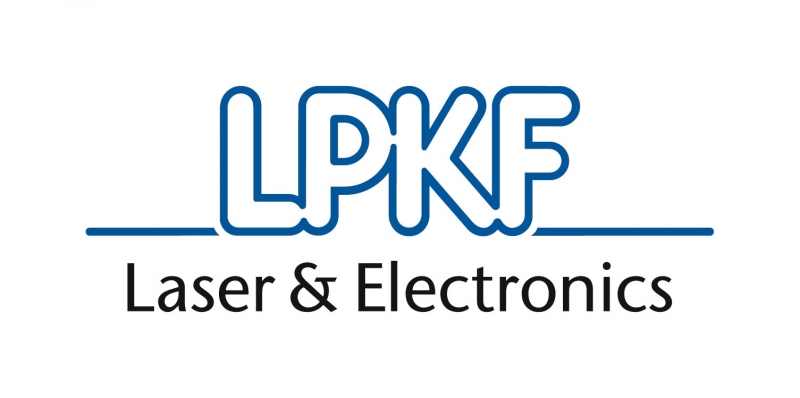 Abstract Biography |
|
| 13:20 | High Throughput & High Yield Heterogeneous Integration with Implemented Metrology for Collective D2W Bonding |
Elisabeth Brandl, Business Development Manager, EVG High Throughput & High Yield Heterogeneous Integration with Implemented Metrology for Collective D2W Bonding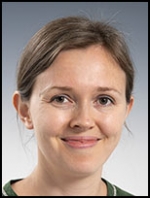
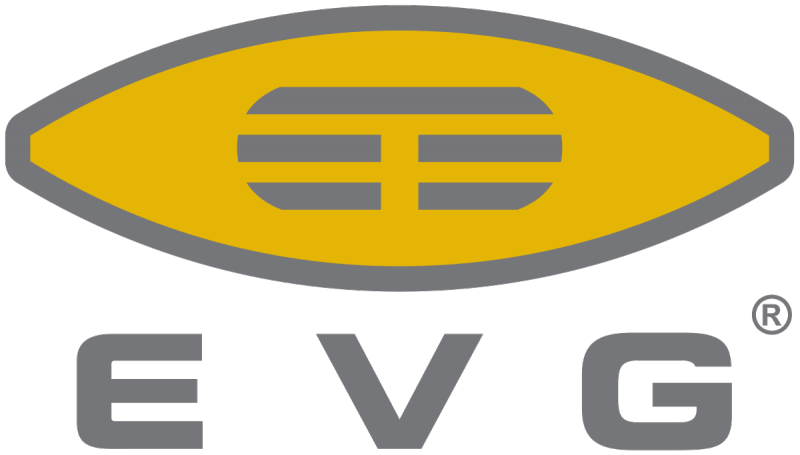 Abstract Biography |
|
| 13:40 | Vertical Stacking of Controller IC on a Copper Clip Attached on MOSFET as a Space-saving Solution for High Current Switch e-fuse Applications |
Alastair Attard, Sr. Technical Program Manager & Assembly Business Development, United Test and Assembly Center Ltd Vertical Stacking of Controller IC on a Copper Clip Attached on MOSFET as a Space-saving Solution for High Current Switch e-fuse Applications
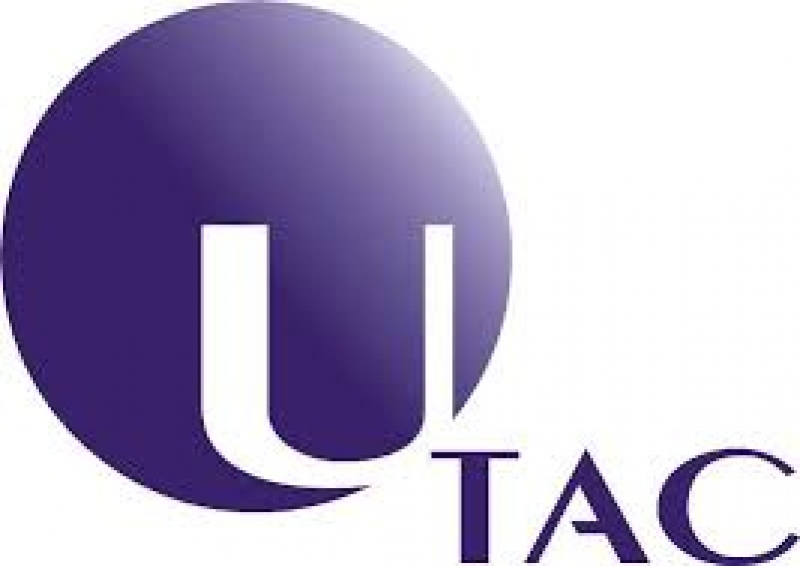 Abstract Biography |
|
| 14:00 | Meet the Expert |
Session 3: Package Simulation, Evaluation & Characterization |
|
| Chair |
Andy Miller, Department Director, IMEC

 Biography |
| 14:20 | Opening remarks by Andy Miller, IMEC |
| 14:30 | Heterogeneous Integration Test Impacts |
Vineet Pancholi, Seniorr Director, Test Technology, Amkor Technology, Inc. Heterogeneous Integration Test Impacts
 Abstract Biography |
|
| 14:50 | Fast, 100% 3D Bump Metrology and Inspection to Improve Yields of 3D System Integration |
Tim Skunes, VP R&D, CyberOptics Corporation Fast, 100% 3D Bump Metrology and Inspection to Improve Yields of 3D System Integration
 Abstract Biography |
|
| 15:10 | Virtual Prototyping for System-in-Package with Heterogeneous Integration - Enabler for faster Time-to-Market |
Ghanshyam Gadhiya, Research Associate, Fraunhofer ENAS Virtual Prototyping for System-in-Package with Heterogeneous Integration - Enabler for faster Time-to-Market
 Abstract Biography |
|
| 15:30 | Innovative Packaging and Evaluation Approach for an Universal Sensor Platform |
Carsten Brockmann, Group Manager Sensor Nodes and Embedded Microsystems, Fraunhofer Institut für Zuverlässigkeit und Mikrointegration Innovative Packaging and Evaluation Approach for an Universal Sensor Platform
 Abstract Biography |
|
Session 4: New Material Developments |
|
| Chair |
Peter Cockburn, Program Manager, Cohu, Inc.
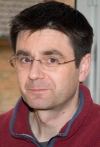
 Biography |
| 15:50 | Opening remarks by Peter Cockburn, Cohu |
| 16:00 | Keynote |
Heterogeneous Integration - The New Driver of Innovation and Growth |
|
Rozalia Beica, Chief Sales Officer, Semiconductor Division, AT&S Heterogeneous Integration - The New Driver of Innovation and Growth
 Abstract Biography |
|
| 16:20 | Next Lithographic Materials for Advanced Packaging |
Koichi Hasegawa, General Manager Device Integration Materials Laboratory, JSR Next Lithographic Materials for Advanced Packaging
 Abstract Biography |
|
| 16:30 | Enabling Assembly and Packaging Material Developments for Next Gen RF Devices, Antennas and Radars |
Ruud de Wit, Business Development Manager EMEA, Henkel Belgium NV Enabling Assembly and Packaging Material Developments for Next Gen RF Devices, Antennas and Radars
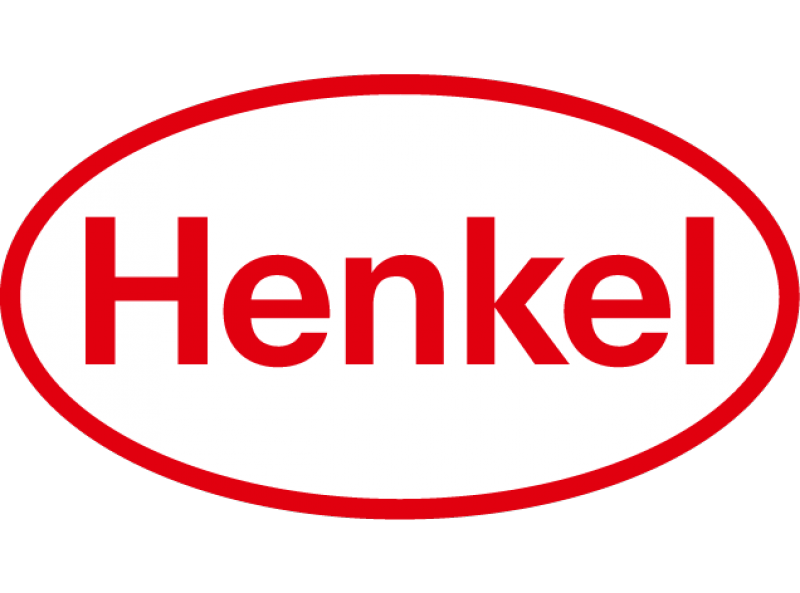 Abstract Biography |
|
| 16:50 | Development of a Foil based Flexible Interposer for Power Conditioning IC in Energy Autarkic Systems |
Erwin Yacoub-George, Scientist, Fraunhofer EMFT Development of a Foil based Flexible Interposer for Power Conditioning IC in Energy Autarkic Systems
 Abstract Biography |
|
| 17:10 | Meet the Expert |